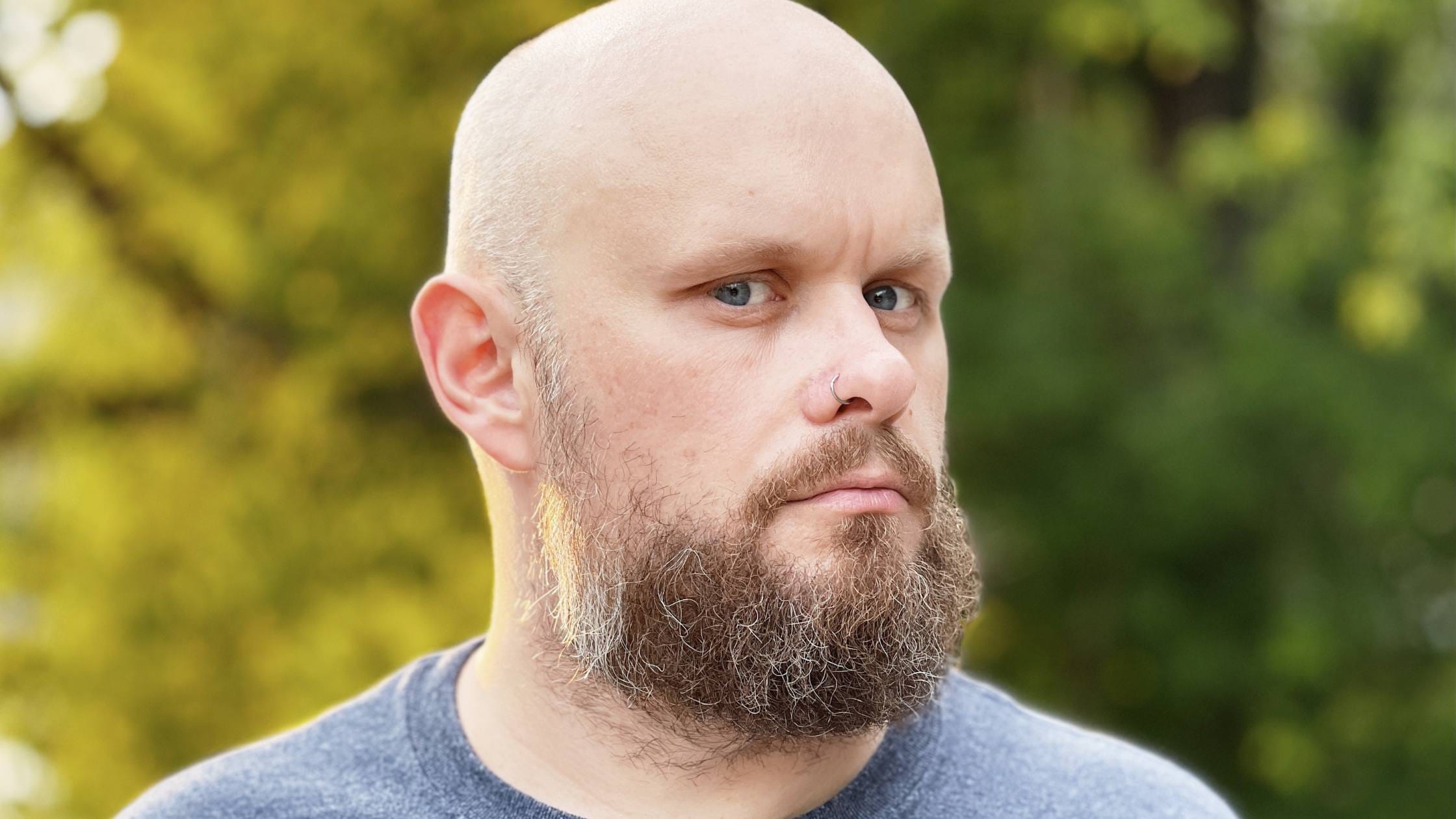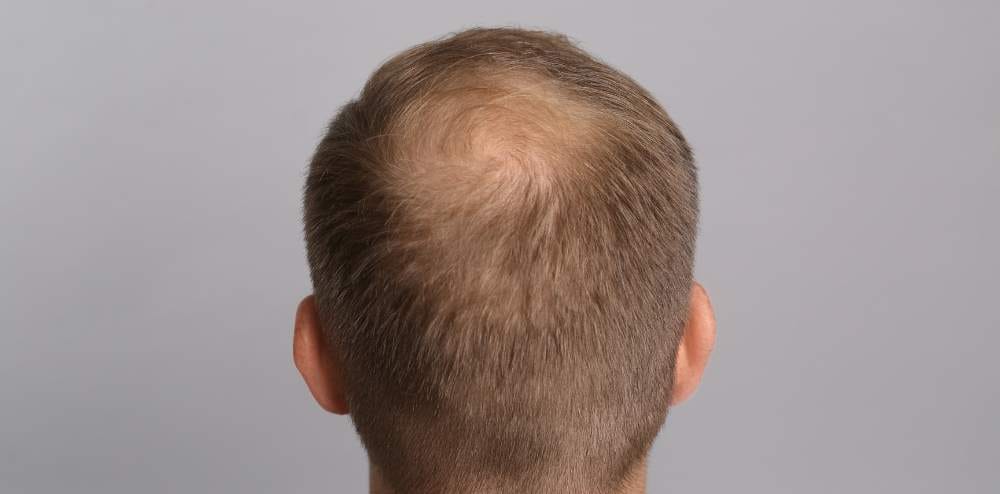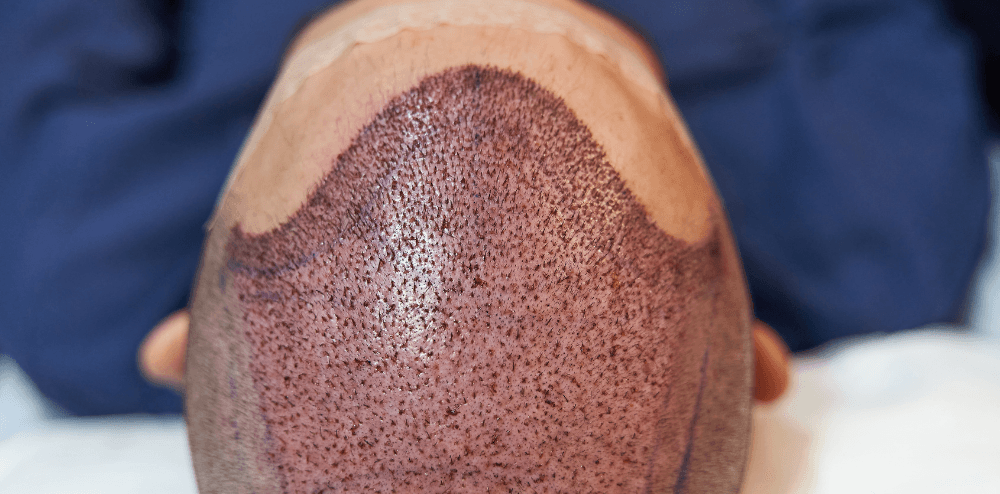It is a life-changing event for many, and most individuals experience restored confidence and self-esteem. Many questions do arise, however, and among them is about the process of recovery. To give an insight into what to expect, here’s how a typical client days-by-day may go through in recovery after a hair transplant and some necessary tips for post-operative care.
Day 1: Immediate Aftermath
These can be symptoms of some tightness or soreness in your scalp-particularly from the donor and recipient areas-on the day of the surgery. Following the surgery, the clinic will bandage your scalp and provide you with aftercare instructions along with medications to counteract the pain or swelling. It is very important not to touch or scratch the transplanted area.
Tip: You sleep with your head elevated for the first few days to minimize swelling. You can also wear a soft neck pillow to avoid friction on the grafts.
Days 2-3: Tenderness and Swelling
Swelling peaks around the second or third day. It is expected during this period that there will be some tenderness at the donor site, which is often the back of the head, and also on the newly transplanted area. Light redness and small scabbing will begin to form around the grafts.
Tip: Cold compresses (over the forehead only) may help keep swelling to a minimum. Your clinic may have a light saline spray to keep the grafts moist.
Days 4-7: Healing Starts
In this time, the scabs of the grafts will begin to harden and eventually fall off on their own. It is at this point that you can follow your clinic’s instructions about gently washing your scalp. You will also notice that there is less swelling, and you are able to return to light, non-strenuous activities.
Tip: Avoid direct sunlight. Wear a loose-fitting hat if necessary. Continue gentle shampooing with your surgeon’s instructions.
Day 8-14: Shedding Phase
Around the second week, you notice that some of the transplanted hair has started to fall out. That’s just part of the natural process of healing, which is also referred to as “shock loss.” Don’t panic; this is temporary and just a necessary step to make way for new hair to grow.
Tip: Be patient! It is a normal phase of the recovery process. Also, avoid using any harsh hair products.
Weeks 3-4: Hair Regrowth Phase Begins
Within the final weeks of the first month, the shedding phase will drastically reduce, and you may begin to observe fine hair shafts starting to regrow within the transplanted area. While you may feel that improvement is taking a while to materialize, this is actually the first early signs of new, healthy hair growth.
Tip: Continue with your healthy diet and stay away from smoking and alcohol; failure to do so can slow down your recovery and regrowth process.
Months 3-6: Noticeable Improvement
It is between the three to six-month mark that the newly transplanted hair will start growing with more regularity and you will notice significantly new density. At this stage, the new hair is still fine; however, over the course of the months, it will thicken and become more natural in appearance.







